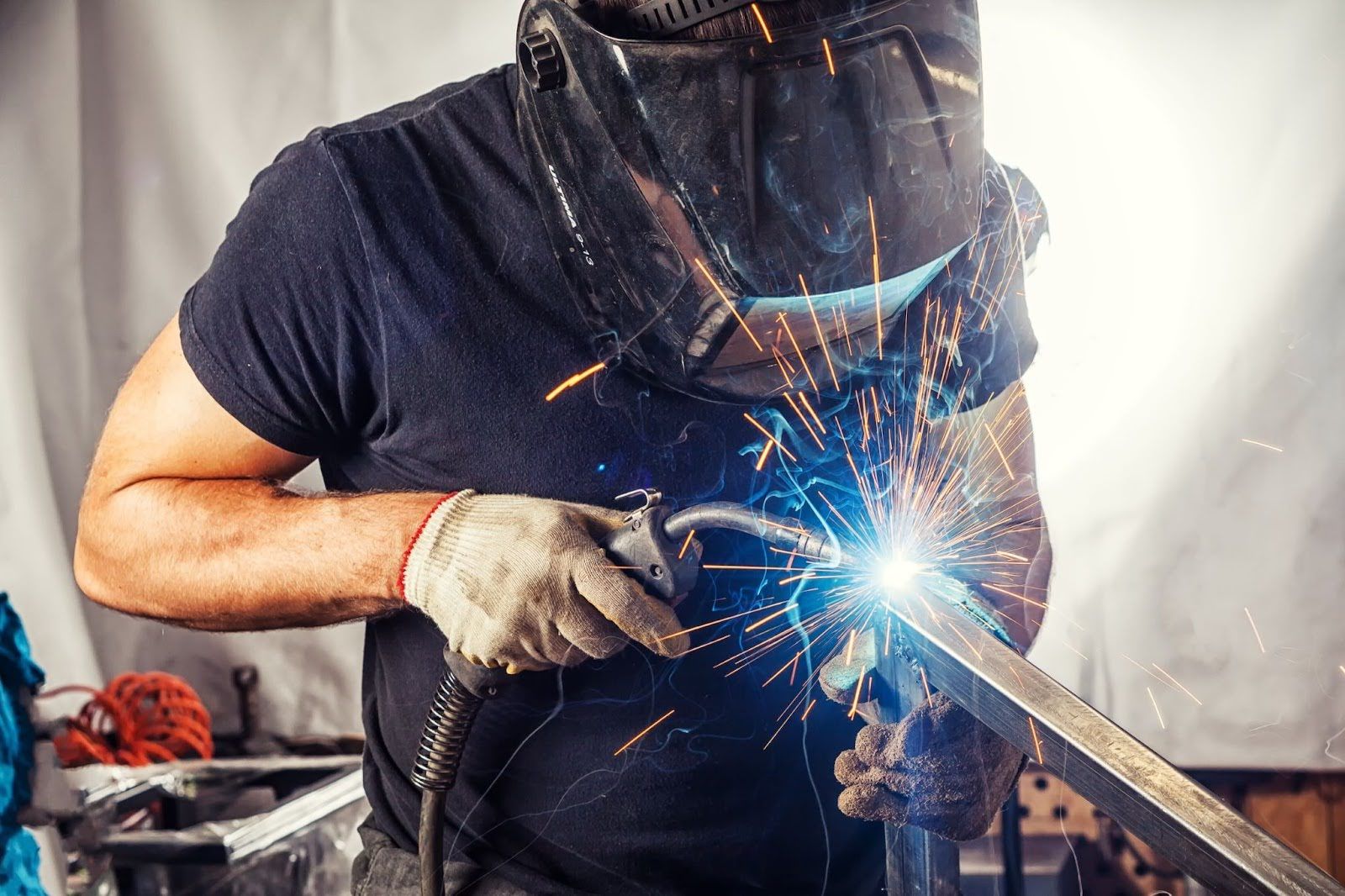Recognizing the Causes and Solutions for Undercut Welding in Metal Fabrication Processes
In the realm of metal fabrication procedures, the event of undercut welding poses a significant difficulty that demands a detailed understanding of its reasons and feasible services. The intricate interaction of numerous factors throughout welding operations can cause this undesirable sensation, impacting the structural honesty and overall quality of the bonded joints - Preventing weld undercut. By studying the root creates of undercut welding and exploring efficient remedial measures, producers can boost the criterion of their craftsmanship and make certain the production of flawless steel elements
Common Reasons of Undercut Welding
Regularly ignored in metal fabrication, undercut welding occurs due to different elements that require meticulous focus and proficiency to be properly mitigated. One usual cause of undercut welding is too much warm input. When the heat input is expensive, it can result in the melting and succeeding disintegration of the base material along the sides of the weld joint, producing a groove or undercut. Additionally, incorrect welding techniques, such as using the incorrect welding angle or travel rate, can additionally contribute to undercut development. Poor shielding gas insurance coverage is an additional crucial element that can lead to undercutting. Not enough gas coverage fails to safeguard the weld swimming pool sufficiently, resulting in oxidation and undercut problems. In addition, the selection of welding parameters, such as voltage, current, and wire feed rate, plays a substantial duty in the occurrence of undercut welding. Comprehending these typical reasons is important for applying safety nets and making sure high-grade welds in steel fabrication procedures.
Effect of Incorrect Welding Parameters
Incorrect welding criteria can dramatically jeopardize the stability and high quality of welded joints in metal fabrication processes. The impact of wrong welding parameters shows up in numerous ways, leading to structural weaknesses and defects in the welded components. Careful attention to welding parameters is critical to ensure the manufacturing of high-quality welds with the desired mechanical homes and structural honesty.
Result of Improper Lantern Angle
Improper torch angle in welding operations can substantially impact the quality and integrity of the final weld joints in metal construction procedures. The lantern angle plays a vital duty in figuring out the warm input and circulation during welding. When the torch angle is wrong, issues such as damaging can emerge. Undercutting is a typical welding flaw where a groove forms along the weld toe, damaging the joint and compromising its architectural honesty.
A lantern angle that is also high can lead to insufficient penetration, incomplete blend, and boosted spatter. On the other hand, a torch angle that is as well superficial can cause too much infiltration, burn-through, and distortion of the base material. Preventing weld undercut. Appropriate torch angle is essential for ensuring constant weld quality, strength, and look
To stop damaging and other flaws triggered by inappropriate torch angles, welders should be educated to preserve the correct lantern angle throughout the welding process. Regular tracking and adjustment of lantern angles during welding can help achieve audio welds with minimal issues.
Duty of Inadequate Welding Methods

Another aspect of insufficient welding techniques is incorrect weld preparation. Inadequate cleansing of the base steels, inaccurate joint design, or inadequate edge prep work can all add to undercut welding. Inadequate protecting gas protection or making use of the wrong type of gas can result in insufficient fusion and the formation of undercut problems.
To resolve the function of insufficient welding techniques in steel manufacture procedures, it is important to give extensive training for welders. Proper education and learning on welding parameters, joint prep work, and securing gas option can aid protect against undercut welding and ensure high-quality welds in steel fabrication jobs.
Efficient Solutions for Undercut Welding
Addressing undercut welding in metal fabrication needs carrying out effective services to boost weld top quality and architectural integrity. Among the main remedies to battle undercut is to adjust welding parameters such as voltage, present, and take a trip rate to guarantee appropriate warmth input and blend. By fine-tuning these setups, welders can prevent excessive melting of the base metal and filler product, decreasing the likelihood of undercut development.
Furthermore, appropriate joint preparation is essential in avoiding visit the site undercut. Ensuring tidy base steel surface areas devoid of contaminants and making use of the suitable bevel angle can assist promote much better weld infiltration and reduce the danger of undercut - Preventing weld undercut. Using appropriate welding methods, such as oscillating the torch or weaving, can likewise assist in dispersing warm evenly and filling the weld joint adequately, reducing the opportunity of undercut flaws
In addition, picking the right welding consumables, consisting of electrodes and filler metals, is important in reducing undercut. Utilizing materials with proper chemical compositions and mechanical homes can add to achieving sound welds with site here very little undercut. Routine assessment and quality assurance steps need to additionally be executed to discover and deal with undercut issues immediately, ensuring the general integrity of fabricated steel parts.

Verdict
Finally, understanding the reasons and services for undercut welding in metal construction processes is critical for attaining high-grade welds. By resolving usual reasons such as incorrect welding parameters, improper lantern angle, and poor welding methods, welders can stop undercutting and ensure solid, resilient welds. It is necessary to focus on these factors and carry out effective services to enhance the general welding procedure and end product quality.

Comments on “Best Practices for Preventing Weld Undercut: Understanding the Fundamentals”